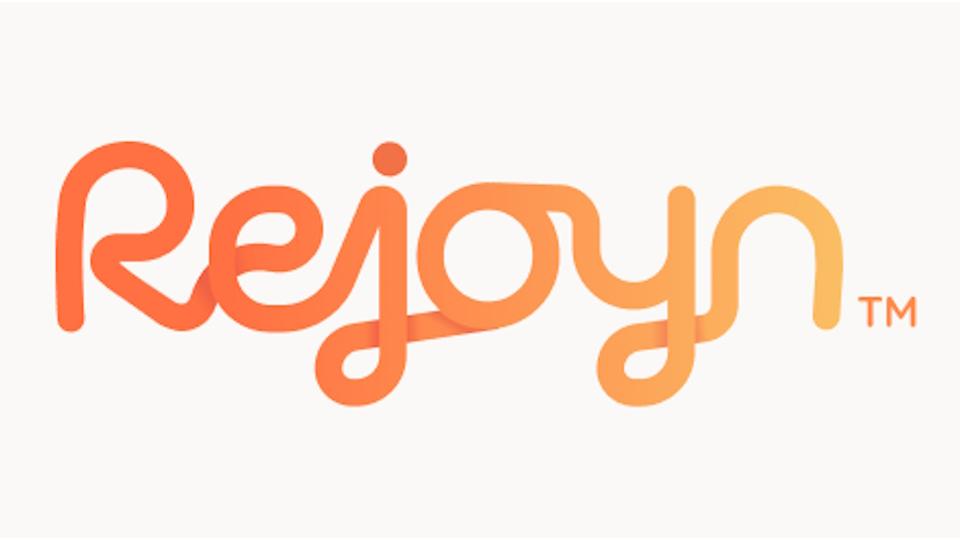Digital therapeutics: a new frontier of medicine

The area of digital therapeutics is growing rapidly, and in this piece Ben Hargreaves examines why this is the case, how broadly these therapies can be applied and why investment in the area is mounting.
To demonstrate how quickly the digital therapeutics space is developing, it is easiest to state that the first such therapy was approved in 2018 and since that point the annual investment in the space has more than doubled in the intervening years. During the opening three quarters of investment in 2021, more funding was raised than in the entirety of 2020, according to Rock Health. This equated to $21.3 billion of venture funding provided to companies working on digital therapeutics, compared with $14.7 billion during the entirety of 2020.
The pace of development is expected to keep growing, as further digital therapeutics receive approval and the benefits are demonstrated to all stakeholders. Already, this process is being accelerated by the impact of COVID-19 – as broader digital solutions became necessary in the treatment of patients globally.
A spokesperson for the Digital Therapeutics Alliance (DTA) explained how digital therapeutics are easier to deliver to patients in a situation, such as the pandemic: “Since most digital therapeutic interventions are delivered at least in part through patient-owned devices, few technical barriers exist to the implementation and scalability of [such] products. And these solutions can provide patients with continuous support and therapy when they are actively experiencing symptoms or are unable to immediately access their healthcare providers.”
As with many other aspects of life during the pandemic, digital technology has become even closer entwined with everyday life, and, according to the spokesperson for DTA, the demand for a digital solution to health problems is also increasing – not only from patients, but from clinicians and payers as well.
Developing a digital therapy
Despite the potential for digital therapeutic adoption, unlike digital technology companies that have experienced rapid growth during the pandemic, companies focused on such treatments have a development cycle that means overnight commercial success is unlikely. CEO of Pear Therapeutics, Corey McCann told pharmaphorum that the development process for a prescription digital therapeutic can take between three and five years. As the area of bringing a digital therapeutic to market means passing the same level of regulatory scrutiny as a traditional, pharmaceutical therapy, this means “prescription digital therapeutics must undergo extensive clinical trials to demonstrate their safety and effectiveness before they ever reach patients,” said McCann.
However, the digital element does make some aspects of development more streamlined compared to traditional treatments. For example, there is no need for in vivo animal or in vitro pre-clinical or non-clinical studies. In turn, this means that there is no translational risk associated with the work carried out by pharma and biotech companies, as they attempt to replicate positive results from animals into humans.
Another element that sets digital therapeutics apart was outlined by Ben Lewis, CEO of Limbix, a developer of prescription digital therapeutics, who told pharmaphorum that the company has a ‘structured process’ for engaging adolescents as ‘creative partners’ in creating product features. “In the development of SparkRx, Limbix leveraged significant input from a teen advisory council to test features and provide feedback to inform digital systems design for teens and young adults with depression,” added Lewis.
The wider team at Limbix also incorporates a broad range of professionals with different expertise areas. Lewis outlined that the overall design of its SparkRx prescription digital therapeutic, which is a therapy for teens and young adults experiencing symptoms of depression, involved healthcare providers, product designers, clinical researchers, and engineers.
The future use cases for digital therapies
One question that will be posed for digital therapeutics is how many different viable treatments areas could be helped or managed by such therapies. The spokesperson for DTA suggested that already digital therapeutics have found a niche in “addressing critical gaps…for underserved populations,” such as Limbix’s treatment for depression in adolescents – where there are few treatment options.
“We are hearing that healthcare organisations are looking to build models of care to cover a large number of therapeutic areas which would potentially include multiple digital therapeutic products to cover a number of diseases and disorders. This type of model would better help patients and clinicians manage expected co-morbid health conditions and would be well-positioned to address population needs, and integrate into clinician workflows, by matching patients with products to bridge the gap before and between clinic visits and empower them with the tools to feel more comfortable and confident in managing their condition,” the spokesperson continued.
For Pear Therapeutics, its pipeline is focused on psychiatric and neurological conditions, which are the company’s “two initial areas of focus to support our self-commercialisation strategy,” McCann explained. Wider than these two therapeutic areas, the company is also working to provide prescription digital therapies in specialty gastroenterology, oncology, and cardiovascular conditions, as well as for irritable bowel syndrome.
Why turn to digital therapeutics
Many of the advantages of digital therapeutics are self-evident due to the way they are delivered, in the form of a smartphone or device. All of the benefits associated with smartphones then are also applicable to this form of therapy: the treatments are easy to access, they offer convenience and privacy, and, since the devices are usually already owned, can be delivered at a lower cost. The ability for patients to engage with their own healthcare on an active basis and for the clinician to be able to follow the potential progress of the treatment should also lead to better health outcomes for those receiving digital therapeutics.
More than this, McCann referred to digital therapeutics’ potential to collect real world data as ‘unique’, in the possibility for improving the connection between patients and healthcare providers. “This patient monitoring capability afforded by prescription digital therapeutics may be the difference in a patient’s success during a course of treatment,” he said.
The next step in developing the potential of digital therapeutics will be continuing to establish a number of approved and successful treatments. For both Limbix and Pear Therapeutics, investors are seeing enough evidence of the potential to provide financial backing. In December 2021, both companies raised capital to invest in the development of therapies – with Limbix closing a $15 million series A2 financing round while Pear Therapeutics went public and raised $175 million.
With investment flowing into the sector, the likelihood of further treatments and companies emerging should see the area continue to grow. The potential benefits of this type of treatment are clear, though they will not be applicable to all treatment areas, there is the opportunity that in certain conditions, with an unmet need, they could offer solutions where currently none exist.













